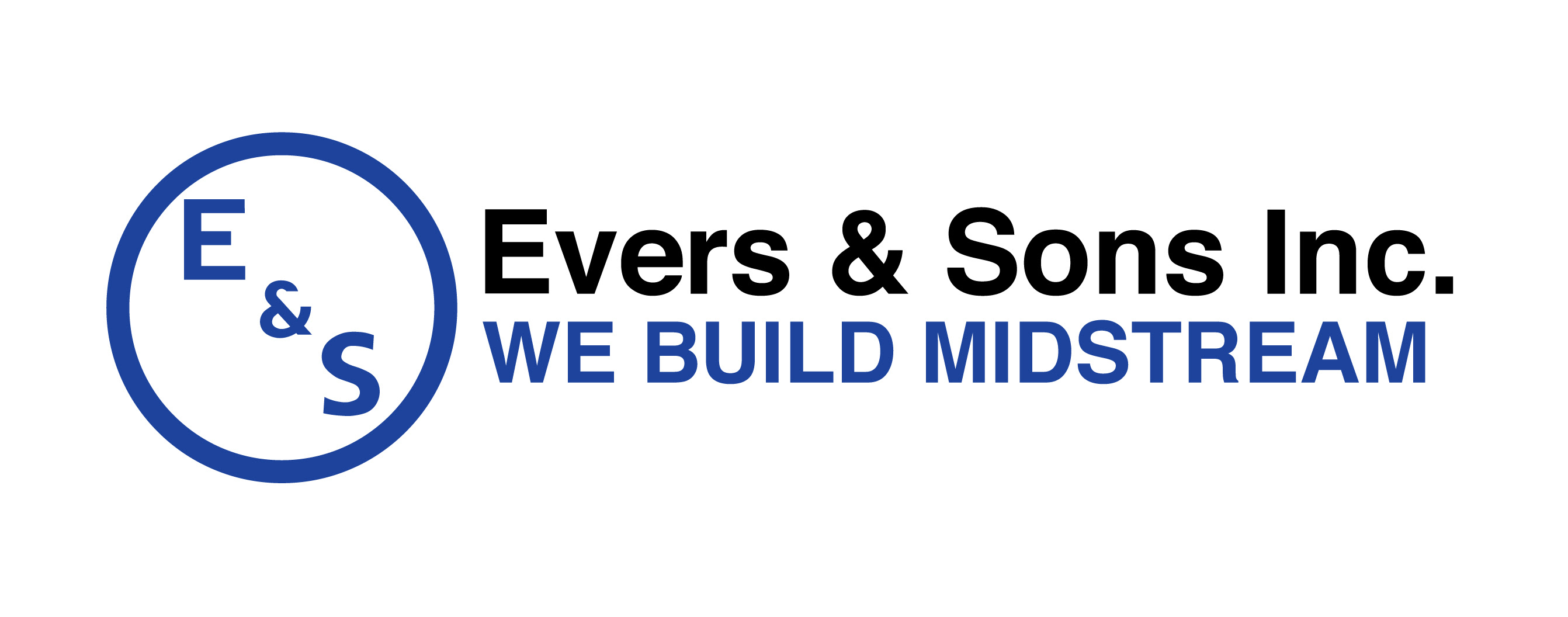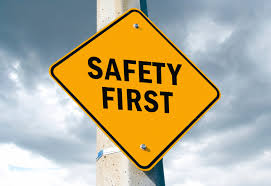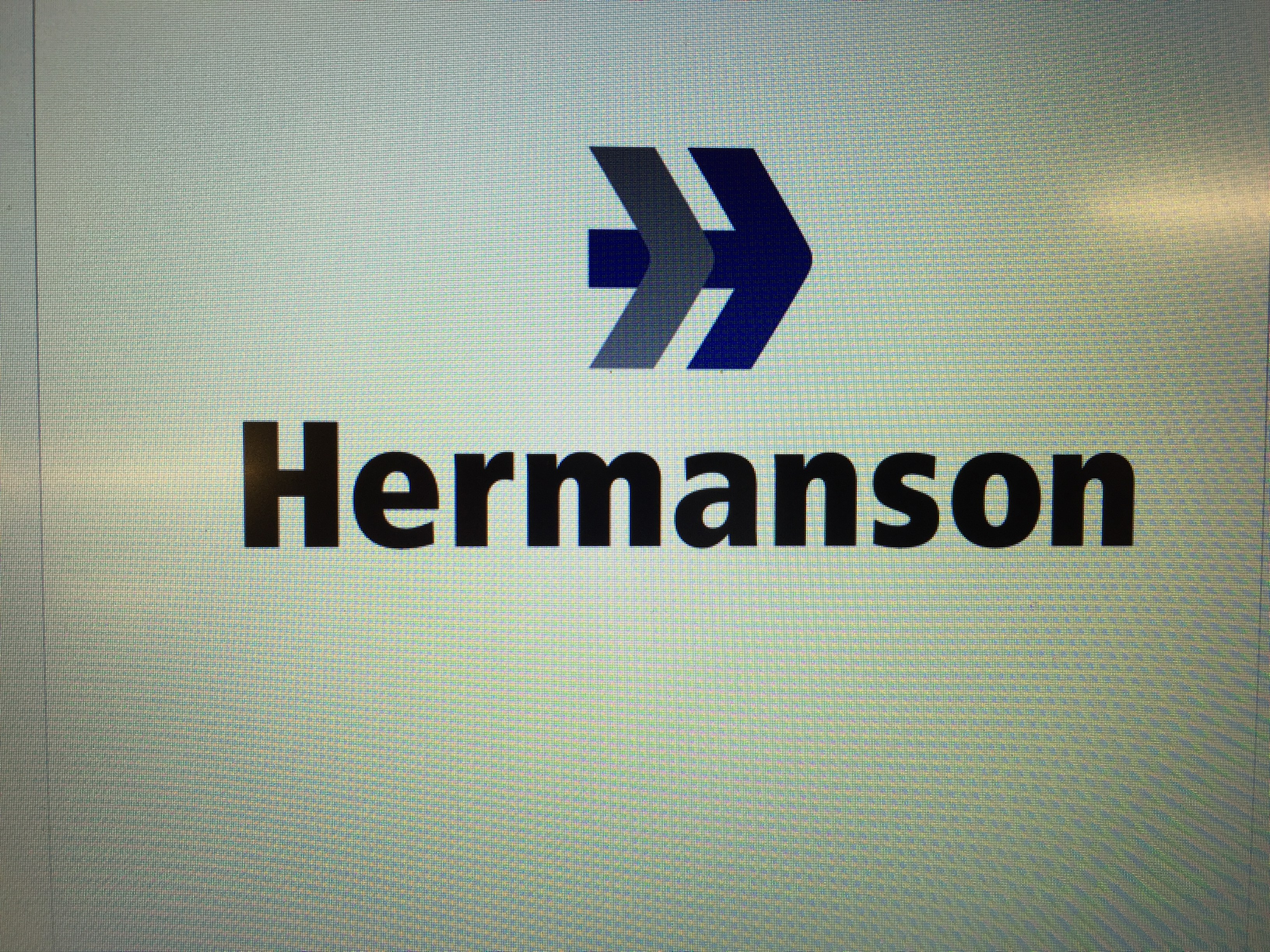Title Page
-
Job Name
-
Job Number
-
Job Location
-
Trench Location/Stationing (i.e. 0+00 - 0+50)
-
Date
-
Prepared by
Daily Inspection Checklist for Trenching/Excavation Sites
Existing Utilities
-
Have underground utilities been contacted at least 2 working days prior to start of digging, and appropriately marked and identified?
-
What is the utility locate number?
-
Is the excavation close to existing utilities, buildings, footings, pilings, or sources of vibrations?
-
Have underground installations been protected, supported, or removed when the excavation is open?
-
Have all surface encumbrances such as utilities, utility poles, foundations, transformer vaults or other structures been supported or removed?
Trench / Excavation
-
Has the site been checked for previously disturbed ground?
-
Has a means of egress (e.g. ladders, steps, ramps) been provided so that no employee has to travel further than 25'?
-
If ladders are used for egress, are they secured and extended at least 3' above the top of the excavation?
-
Has the soil been classified using one (1) visual and one (1) manual method, or defaulted to classifying as Type C?
-
Are excavations with walkway or bridges equipped with guardrails (required at 6ft or deeper)?
-
Has an engineer designed the excavation or is there engineered tabulated data on site for the protective system (required if deeper than 20ft)?
-
What is the soil type as determined by the competent person?
- Type A: Unconfined compressive strength of 1.5 tons per square foot (tsf) (144 kPa) or greater. Examples of Type A cohesive soils are often: clay, silty clay, sandy clay, clay loam and, in some cases, silty clay loam and sandy clay loam.
- Type B: Unconfined compressive strength greater than 0.5 tsf (48 kPa) but less than 1.5 tsf (144 kPa). Examples of Type B soil include angular gravel, silt, silt loam, and soils that are fissured or near sources of vibration, but could otherwise be Type A.
- Type C: Unconfined compressive strength of 0.5 tsf (48 kPa) or less. Type C soils include granular soils such as gravel, sand and loamy sand, submerged soil, soil from which water is freely seeping, and submerged rock that is not stable.
-
Example Slopes for Type "A" Soils
-
-
-
-
If competent person determines the soils to be Type "A", pictures of soils and manual test results are required (i.e. penetrometer, ribbon tests, etc.)
-
Example Slopes for Type "B" Soils
-
-
-
-
-
-
If competent person determines the soils to be Type "B", pictures of soils and manual test results are required (i.e. penetrometer, ribbon tests, etc.)
-
Example Slopes for Type "C" Soils
-
-
-
Have changes in vehicular and machinery operation patterns been communicated?
-
Explain
-
Is water removal equipment (i.e. pumps) being utilized?
-
Are physical barricades around excavation planned, available, properly set up and/or in good condition?
-
Are there any overhead hazards (i.e. power lines, trees, etc.)?
-
Are all excavated materials set back at least 2 feet from the edge?
-
Is the excavation safe for employees to enter?
-
Is the excavation a confined space?
Atmospheric Testing Required
-
O2(%)
-
LEL(%)
-
Toxic(CO, H2S)
-
Other(PID)
-
Is the excavation deeper than 20 feet?
-
Is the engineered tabulated data onsite for the protective systems being used?
-
What protective system(s) have been selected for today's excavation?qdq
- Sloping
- Benching
- Shielding
- Shoring
- Engineered
- Other
-
Is the shield at least 18" above the slope?
-
Is it laterally stable?
-
Plans and all instructions must be onsite
-
No benching allowed in Type C soils
-
-
Describe
-
Adequacy and availability of all equipment, including personal protective equipment, shoring systems, signs, barricades, and machinery
-
Are trench shoring and/or shields in good shape as work progresses?
-
Are slopes and/or benches still in good shape as work progresses?
Approver
-
Competent Person OSHA 29 CFR Subpart P 1926.650(b)
-
Supervisor
-
Equipment Operator
-
Engineer
-
Other Approval






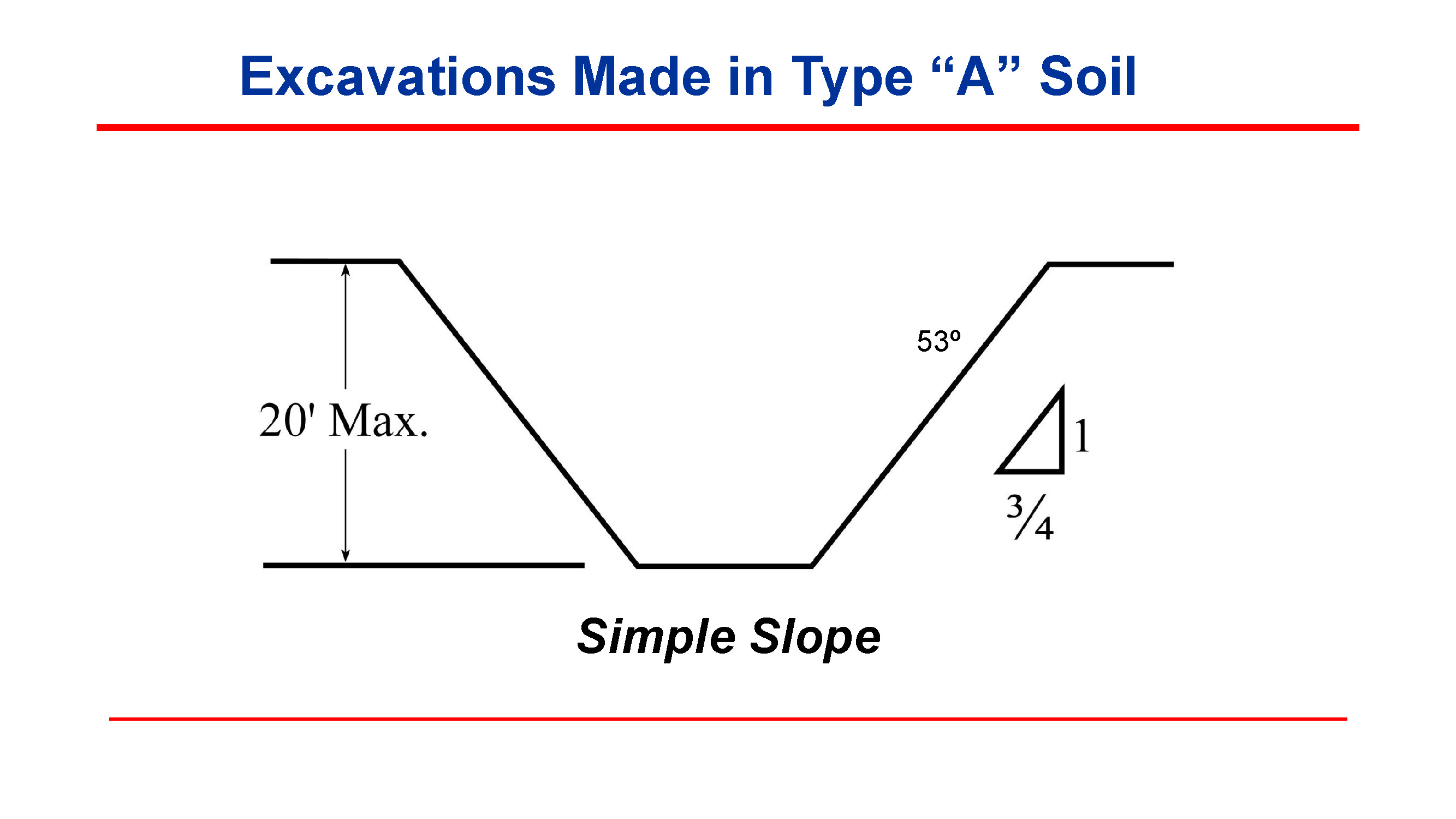
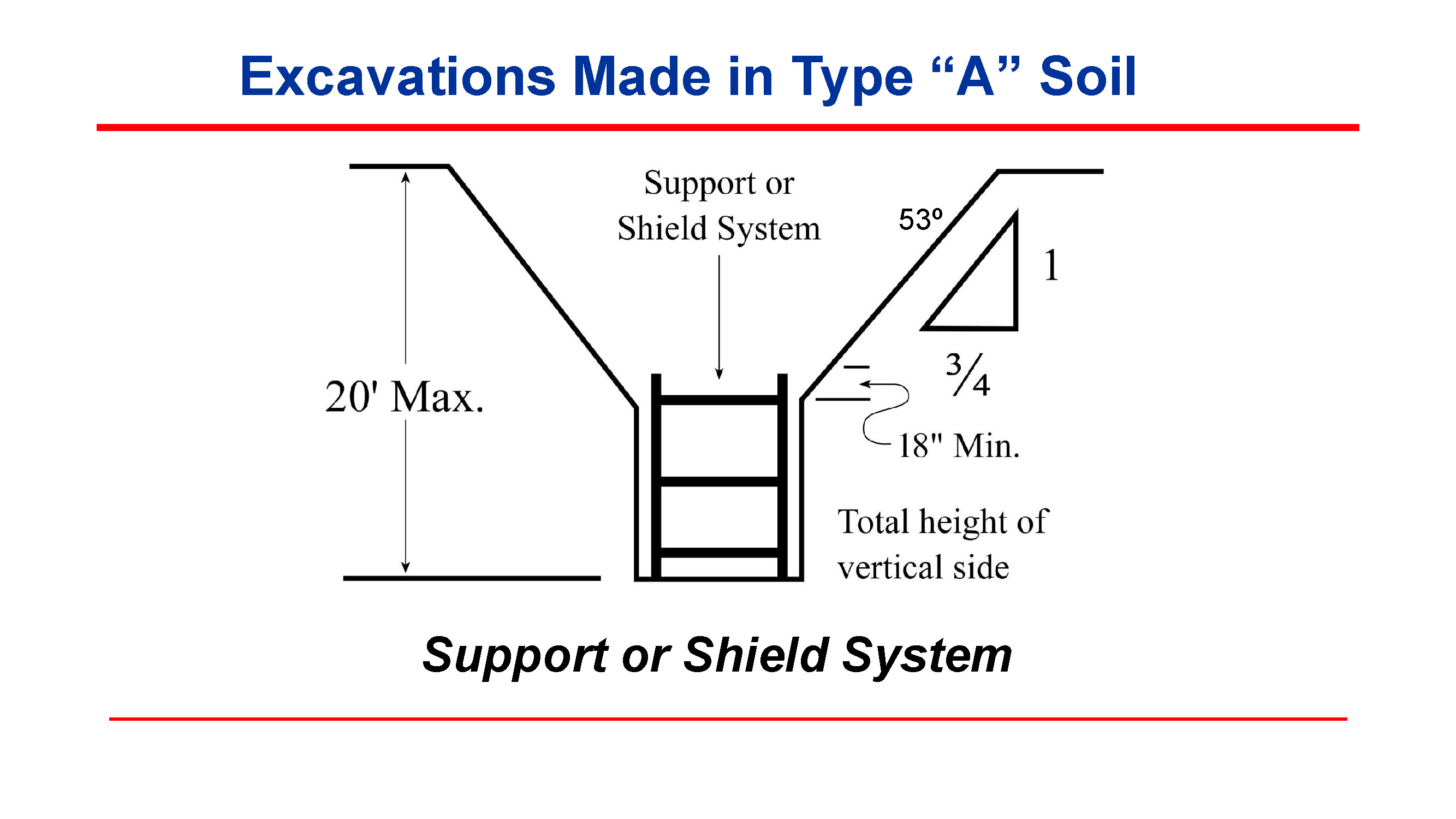
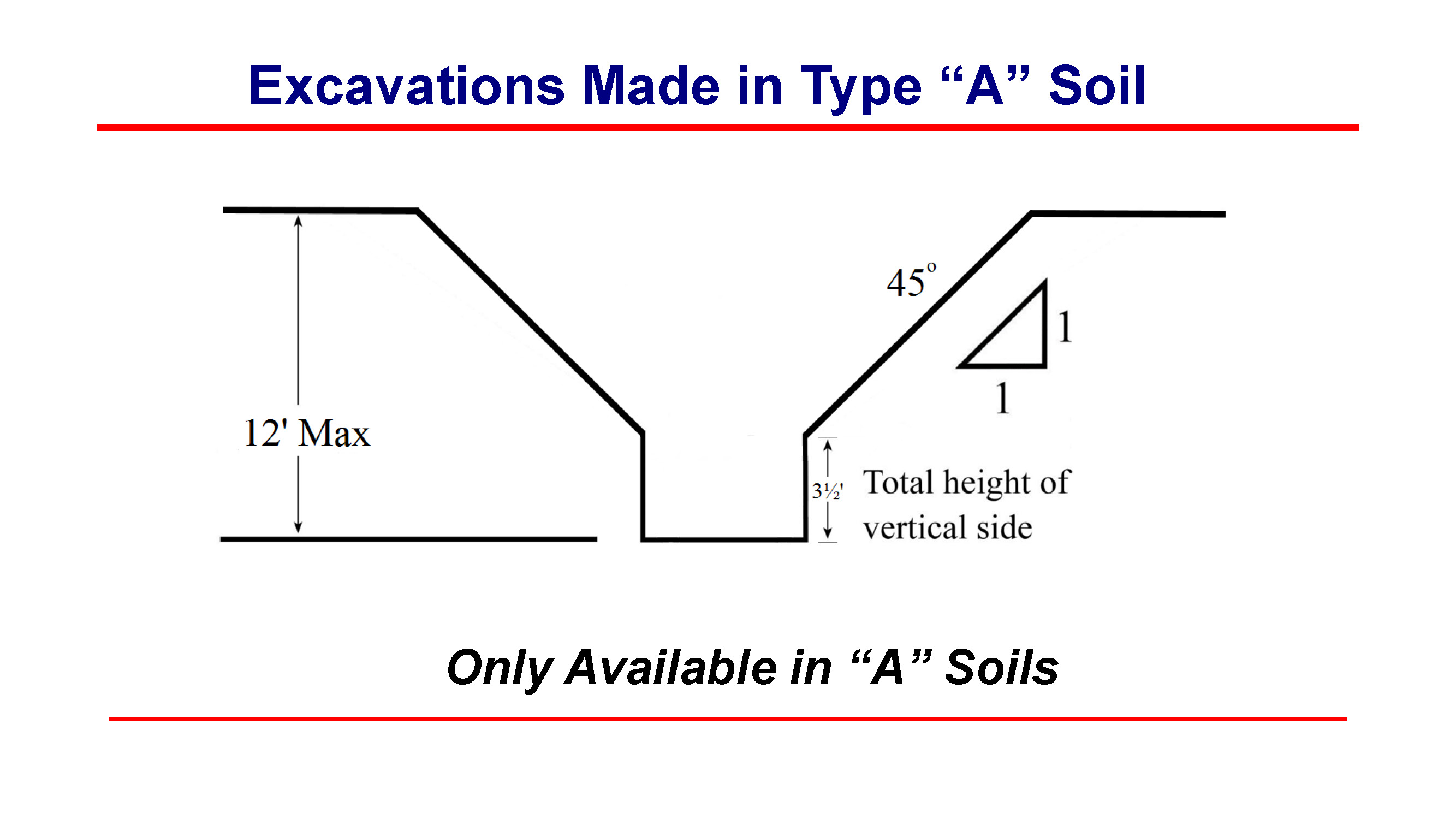
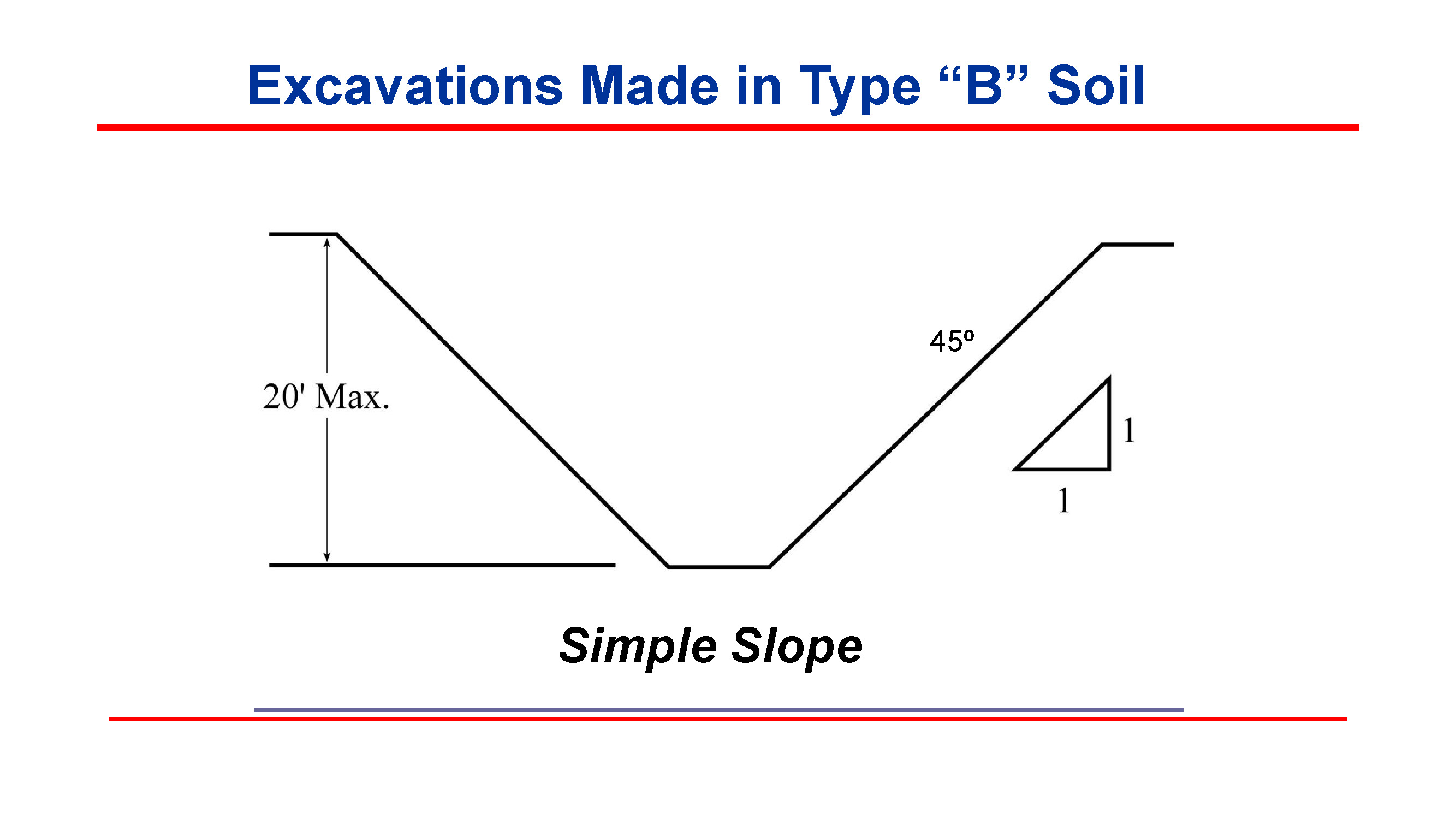


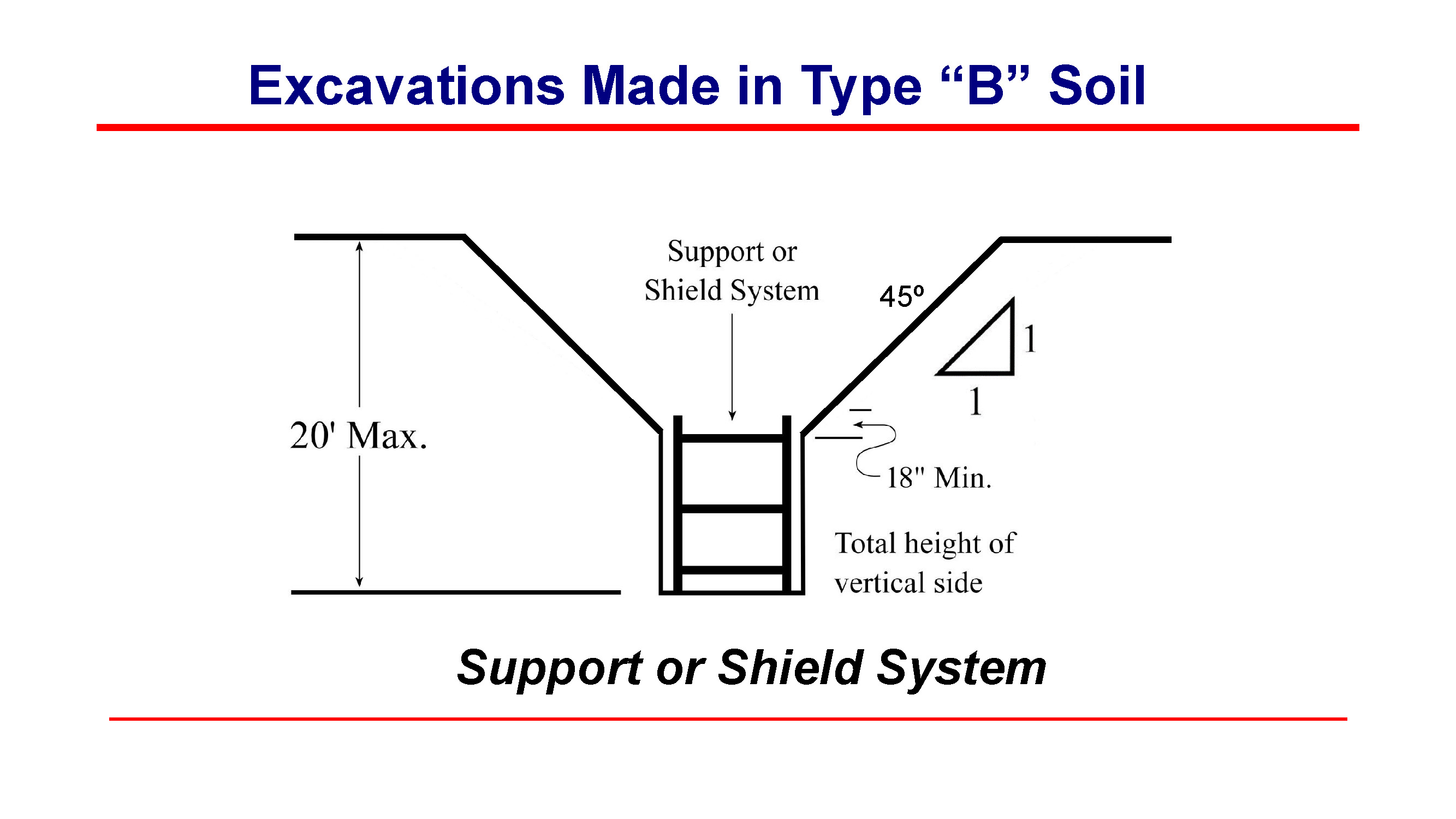
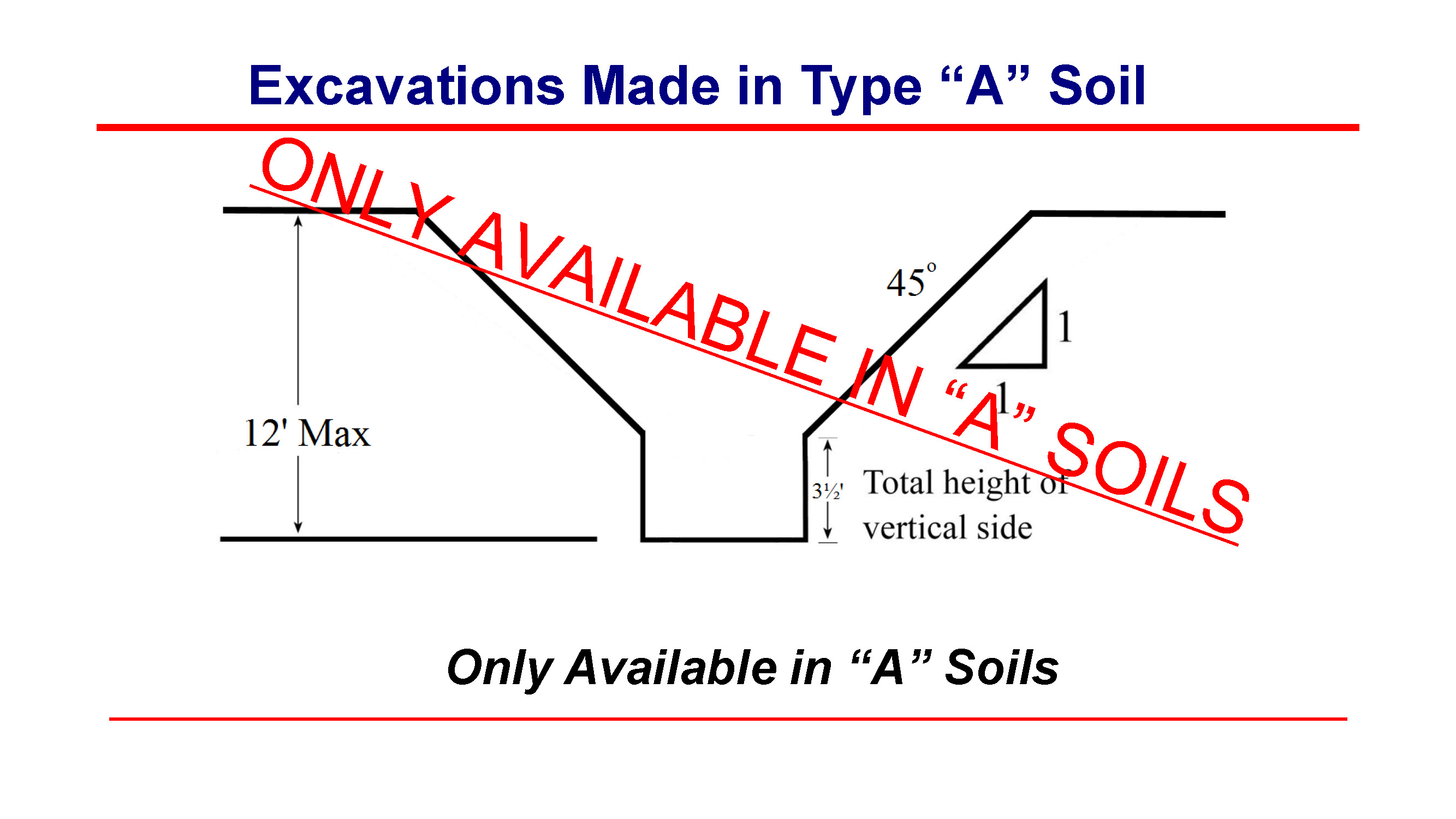
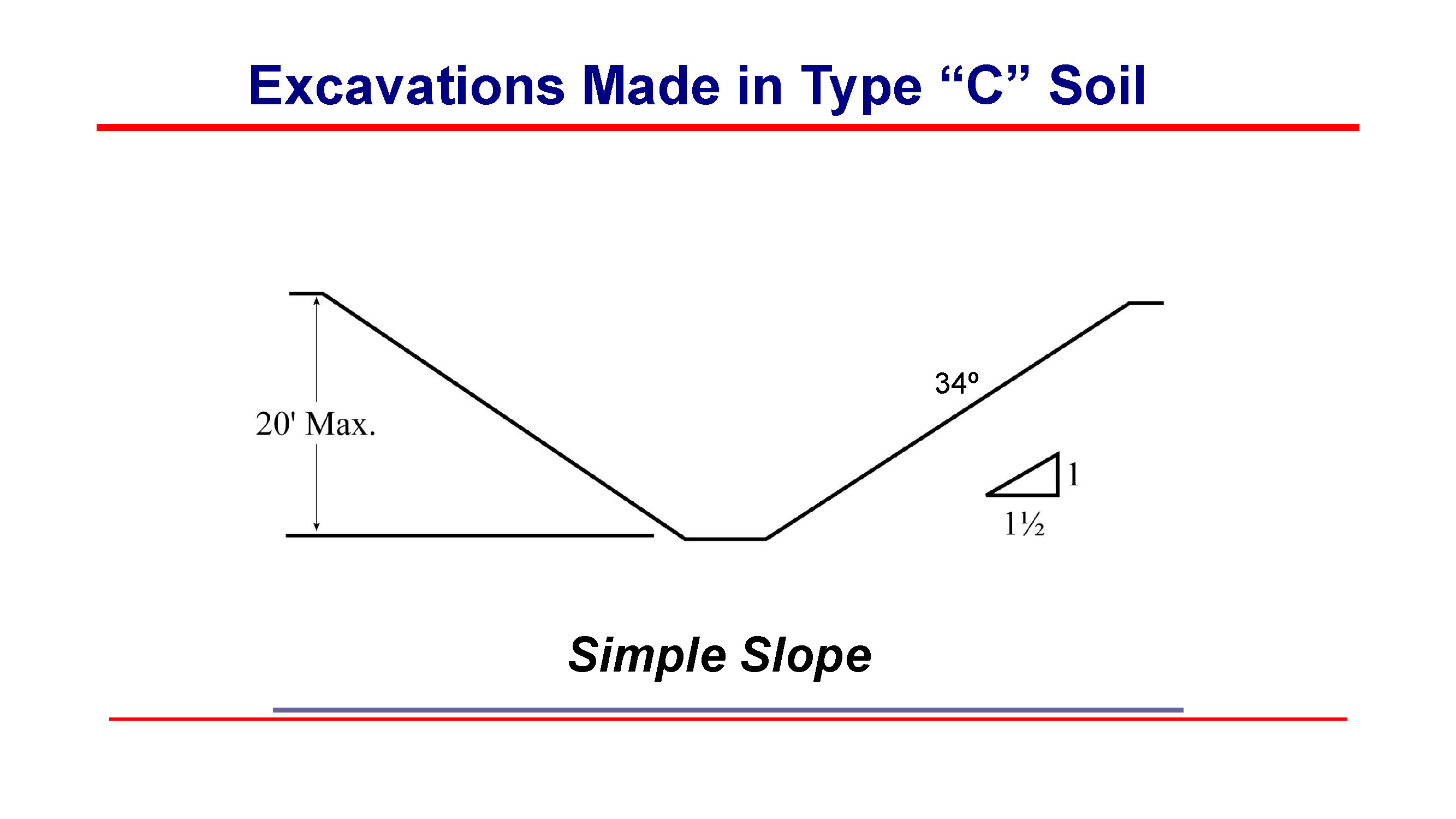
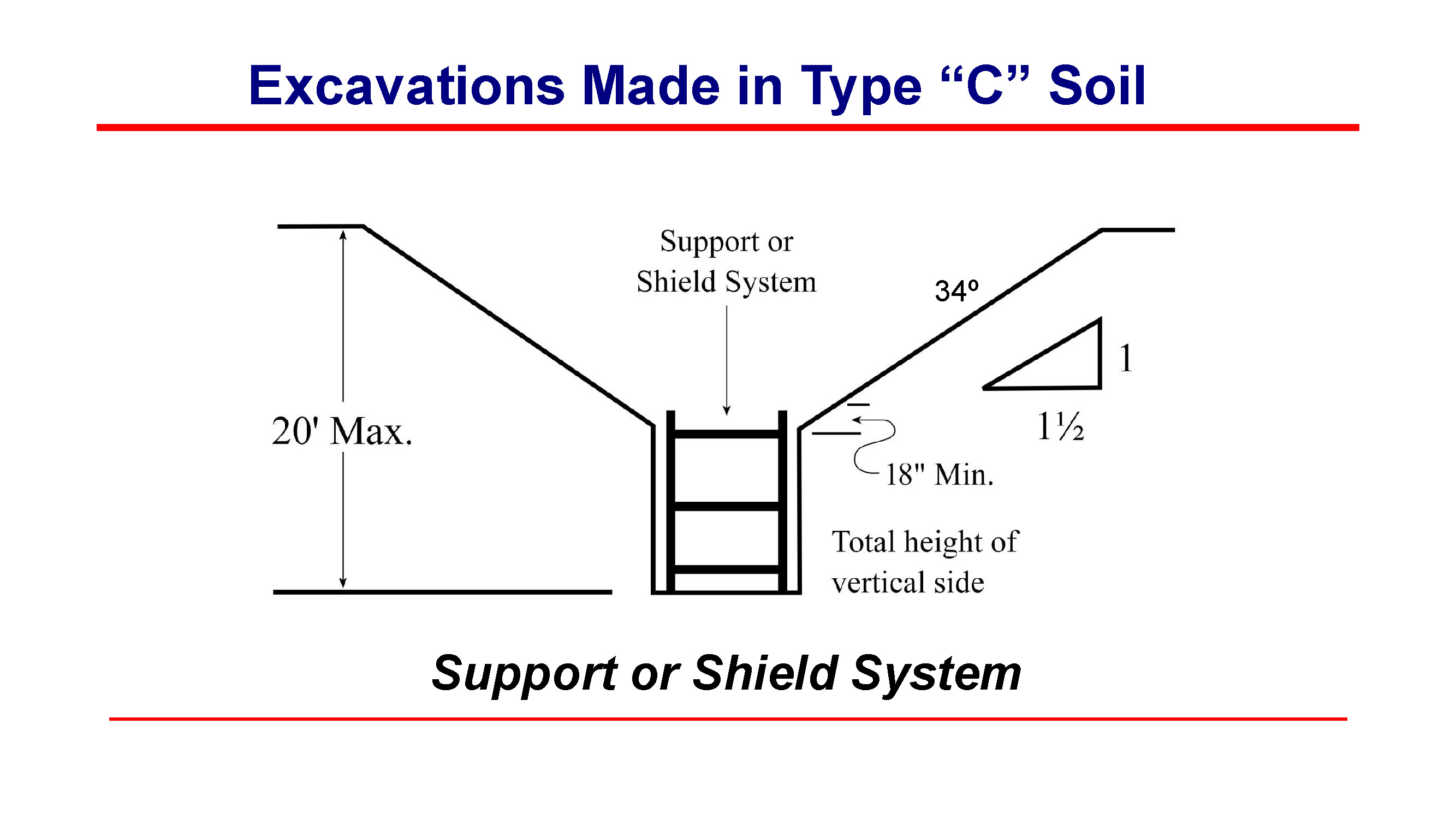



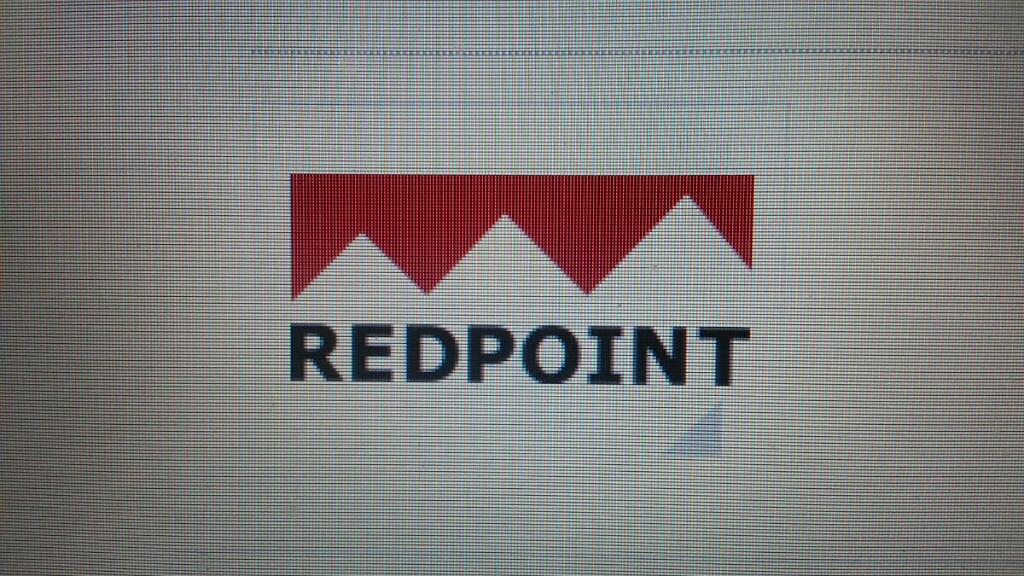
![V OSHA SIMULATED Trenching & Excavation Safety Checklist - [R3] V OSHA SIMULATED Trenching & Excavation Safety Checklist - [R3]](/media/f0606d54-4426-451c-9501-16905e644af0)
